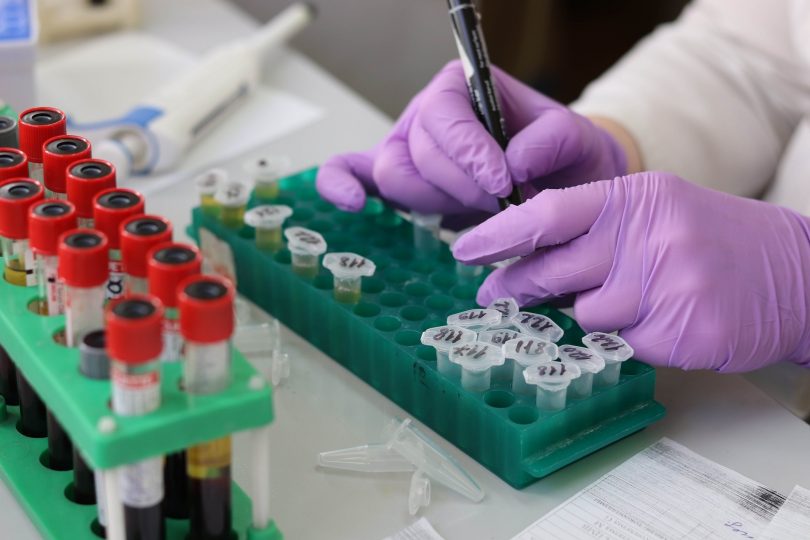ISO (International Organization for Standardization) 17025 establishes general requirements for the competence of testing and calibration laboratories. It is the world’s most important accreditation for these laboratories since it confirms their ability to generate valid, reliable, and defensible data. ISO 17025 promotes international collaboration as countries can trust ISO-accredited laboratory results (162 national standards encompassed). It is often used to satisfy regulatory authorities and suppliers.
In Pennsylvania, ISO 17025 accreditation is required to operate a cannabis testing lab. In other states, like Washington, ISO 17025 accreditation is not a requirement, yet many labs, likely forecasting its requirement sooner or later, have chosen to adopt these guidelines for their processes, thereby distinguishing themselves from the competition.
The 2005 version of ISO 17025 was updated in 2017 to cover technical updates and IT advances. Laboratories with 2005 accreditation were given a three-year transition period to reach compliance for the new version.
ISO 17025 Compliance Categories
The ISO 17025 document(2017) outlines eight categories of requirements (additional sub-sections in sections seven and eight excluded):
- Scope
- Normative References
- Terms and Definitions
- General Requirements
- Impartiality
- Confidentiality
- Structural Requirements
- Resource Requirements
- General
- Personnel
- Facilities and environment
- Equipment
- Metrological traceability
- Externally provided products and services
- Process Requirements
- Review of requests, tenders and contracts
- Selection, verification, and validation of methods
- Sampling
- Handling of test or calibration items
- Technical records
- Evaluation of measurement uncertainty
- Ensuring the validity of results
- Reporting of results
- Complaints
- Nonconforming work
- Control of data and information management
- Management System Requirements
- Options
- Management system documentation
- Control of management system documents
- Control of records
- Actions to address the risks and opportunities
- Improvement
- Corrective actions
- Internal audits
- Management reviews
How to Achieve ISO 17025 Accreditation
ISO sets the standards, but to achieve accreditation, laboratories must demonstrate compliance to a third-party accrediting organization such as the ANSI National Accreditation Board. The accrediting body audits laboratory operations to determine if they adhere to all of the ISO 17025 requirements. Steps typical of this process include [1, 2]:
- Studying the ISO 17025
- Confirming management approval/commitment for a quality management system
- Electing and training a team to monitor the system
- Creating policies and documents to standardize the system
- Implementing the quality management system
- Performing internal audits and correcting non-compliance
- Scheduling an audit with an accrediting body
ISO 17025 compliance and accreditation is not an easy process, but it proves that a testing/calibration laboratory adheres to rigorous quality standards and provides an international seal of trust. The practical results, as pointed out by the Journal of AOAC International, are faster issue resolution, improved customer satisfaction, and increased business. [3]
References
Kumar, Kaushik, and Kumar, Sanjeev.“Steps for Achieving ISO 17025 Accreditation in an Air Borne Target Test Range Establishment Laboratory.”International Journal of Engineering Research and Applications, 2012. 2/3/987-990.Times Cited: NA. Journal Impact Factor = 2.737
Vlachos, N.A., et al. “Is ISO/IEC 17025 Accreditation a Benefit or Hindrance to Testing Laboratories? The Greek Experience.” Journal of Food Composition and Analysis, 2002. 15/6/749-57. doi:10.1006/jfca.2002.1097.Times Cited: 17. Journal Impact Factor = 1.985.
Honsa, Julie D., and McIntyre, Deborah A.”ISO 17025: Practical Benefits of Implementing a Quality System.” Journal of AOAC International, 2003. 86/5/1038-44. Times Cited = 27. Journal Impact Factor = 1.12.








